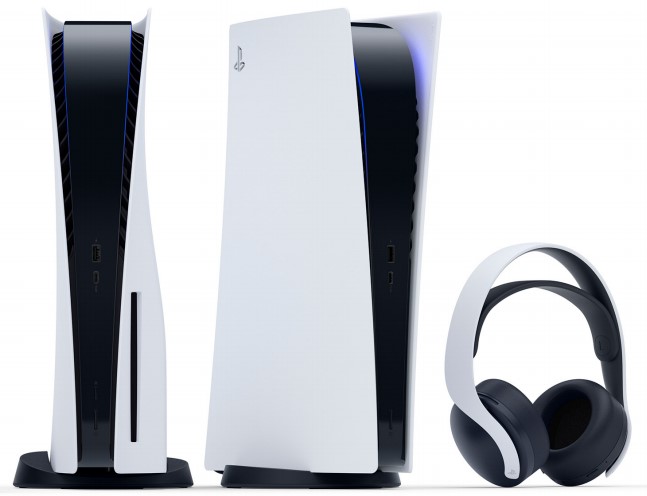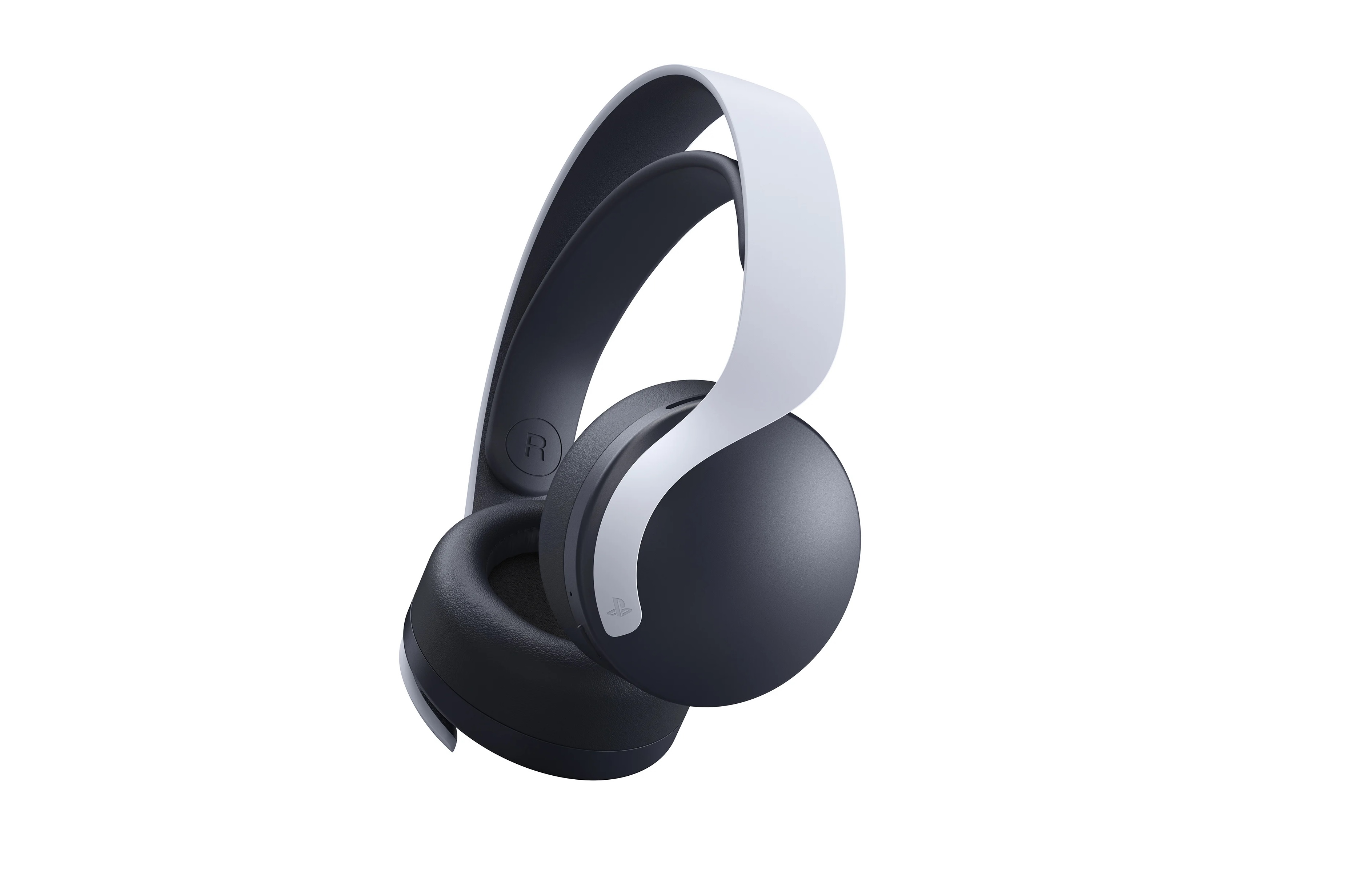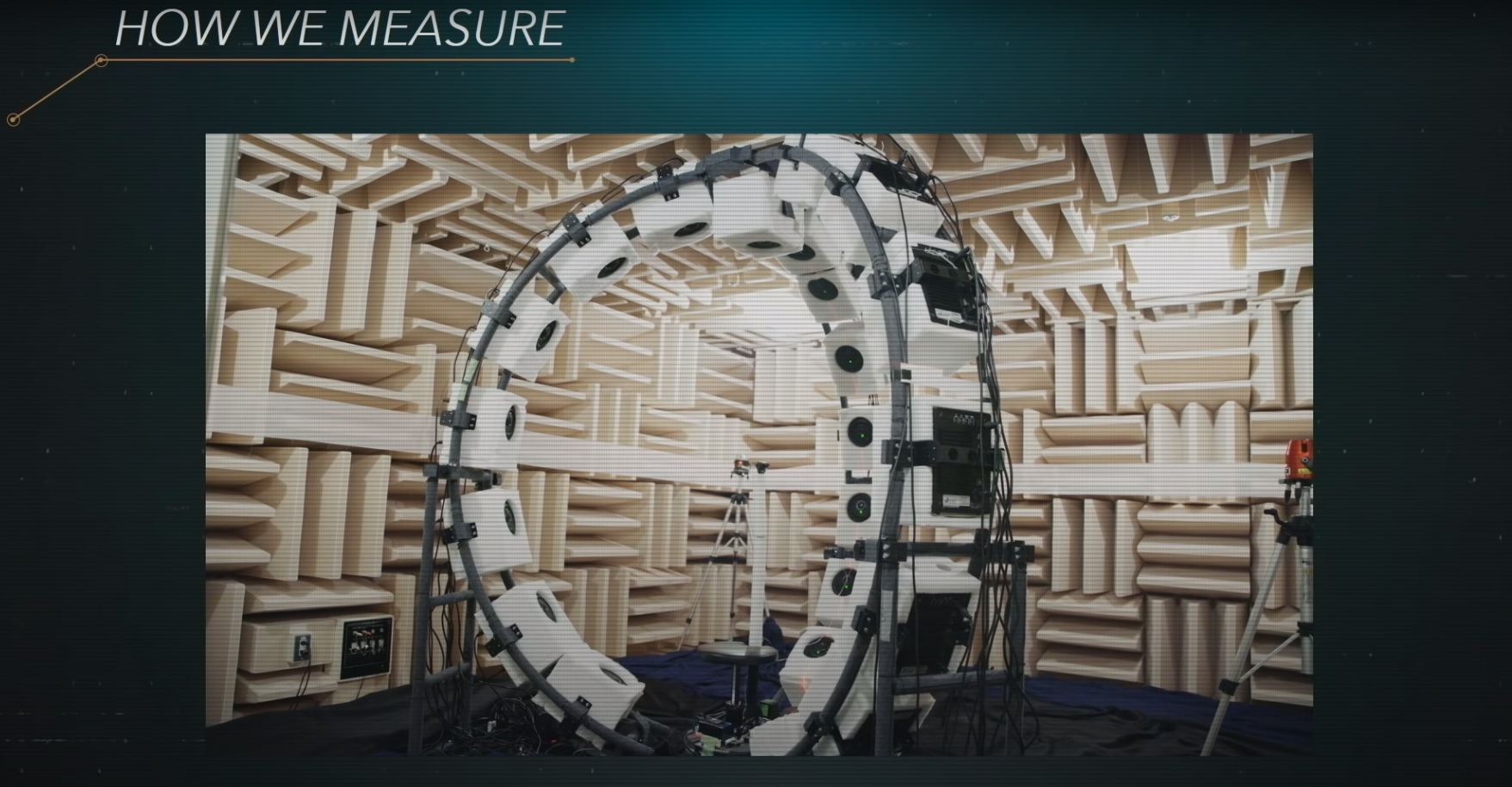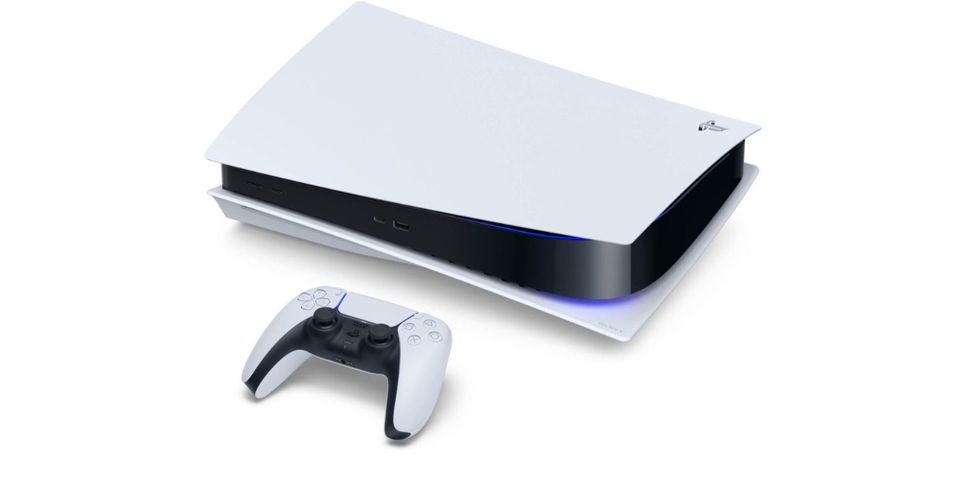PS5 and 3D audio: Everything you need to know
Sony’s Tempest 3D AudioTech promises to supercharge PS5 audio

Graphics power tends to steal the show when it comes to next-generation games consoles. But game graphics are so good these days — take a look at The Last of Us 2 and Red Dead Redemption 2 — so the leap from the PS4 and Xbox One to the PS5 and Xbox Series X isn’t set to have the same impact as the last generational jump.
That’s why Sony has a good few other tricks up its sleeve with the PS5. We’ve already detailed the speedy SSD the console will have, as well as some of the features of the DualSense controller aiming to make games a more tactile experience. But Sony also has 3D audio, which aims to make games feel a lot more realistic beyond just impressive visuals and minimal loading times.
- PS5: Release date, price, specs, games and more
- All the big PS5 exclusives to expect
In basic terms, the 3D audio tech has been taken from Sony’s audio division and enables deeper directional audio and surround sound. But there’s more to it than that, so read on to find out how this sound tech could add another level immersion into next-generation gaming.
What is 3D audio?
There’s already audio tech that provides the means to add detailed 3D sound into games and movies, as well as make music sound richer. Dolby Atmos is one such example, which had expanded upon 5.1 and 7.1 surround sound to deliver extra sound channels that come from above.
But Sony’s 3D audio will be its own proprietary tech, much like it did with the 360 Reality Audio format is created for music.
Officially called Tempest 3D AudioTech, it uses new 3D audio engine called the Tempest Engine — more on that later — to simulate audio coming from a mass of directions and sources. Algorithms will work with audio timing effects and other smart processing to ensure sound is delivered to PS5 players in a way that would be natural if they were actually in the game's environment.

So you can imagine moving closer to a dripping tap and hearing the noise of water droplets splashing intensify as you get nearer. And the same could be said when it comes to hearing footsteps go past you or stomp around in a room above you.
Get instant access to breaking news, the hottest reviews, great deals and helpful tips.
We’ve seen tech like this in the PlayStation VR headset, which came with tech capable of simulating sound coming from 50 sources. But 3D audio will use object-based spatial sound tech to deliver an even wider soundscape, and one that will beat audio tech on the previous PlayStation consoles.
"Back in the day if you played the game using the TV speakers, you could tell that there was one last enemy growling and hunting you down, but it was difficult to tell quite where that enemy was," said Mark Cerny, Sony’s PS5 lead system architect. "But with 3D audio with good locality, the idea is you know the enemy is precisely there. And you turn, and you take it out."
Given that 3D audio on the PS5 will use the Tempest Engine, it’s likely that dedicated hardware will be needed to tap into it, much like Dolby Atmos certified hardware is needed to get the most out of its audio capabilities.
Cerny has said the PS5 will be able to deliver 3D sound through your TV’s audio setup. But to get the best out of it it looks like you’ll need a Pulse 3D wireless headset. That’s Sony's official PS5 gaming headphones that are “fine-tuned” for 3D audio.
We just got some good news, though: PlayStation's Isabelle Tomatis posted a blog stating that "On the PS5, you’ll be able to experience 3D Audio with the headphones that many of you already own."
We can expect other Sony devices, such as its Bravia TV range and home cinema systems to come with Tempest Engine compatibility. But when the PS5 launches, predicted to be November time, the only likely way to get access to 3D audio in all its glory is through the Pulse 3D wireless headset.
PS5 3D audio games
A PlayStation blog post listed the following games, "and many others," will support 3D audio. While this list is good for now, it's slightly annoying that 3D audio doesn't sound like it will be in every PS5 game.
- Marvel’s Spider-Man: Miles Morales
- Marvel’s Spider-Man Remastered
- Astro’s Playroom
- Gran Turismo 7
- Returnal
- Destruction AllStars
- Demon’s Souls
- Ratchet & Clank: Rift Apart
- Sackboy: A Big Adventure
- Horizon Forbidden West
- Resident Evil Village
What is the Tempest Engine?

Based on AMD graphics processing technology, the Tempest Engine is effectively a dedicated sound processing chip in the PS5 that drives 3D audio.
GPU tech enables the creation of 3D worlds, but with the Tempest Engine, Sony has basically regningered an AMD GPU computer unit; part of what makes up a graphics processor. Using this it can process huge amounts of sounds from different sources in a game environment.
There’s a lot more technical nuance around chip architecture behind how Sony came up with the Tempest Engine. For more technical detail, see Cerny's PS5 technical presentation below.
Having this tech baked into the PS5 means the Tempest Engine will aim to deliver 3D audio through the PS5, not just leave it up to certain sound systems or headsets. But as mentioned, current TV and audio hardware won’t be optimised for 3D audio. So it might take Sony some time after the PS5 has launched to deliver 3D audio outside of dedicated audio kit.
"The first goal was to create audio for everyone, not just VR users or sound bar owners or headphone users. That meant audio had to be part of the console, it couldn't be a peripheral,” explained Cerny. “The second goal was to support hundreds of sound sources. We didn't want developers to have to pick and choose which sounds would get 3D effects and which wouldn't. We wanted every sound in the game to have dimensionality."
Supporting lots of sound sources is one thing, but getting it to sound realistic to each person's unique ear shape, is another. This is where a process called Head-related Transfer Function (HRTF) comes to play in the Tempest engine.
Basically Sony put microphones in people's ears and played sound at them from an array of 22 speakers as the person is rotated. Doing this, Sony was able to sample the HRTF from more than 1,000 locations. Cerny said that using this process allows for audio to be rendered with “unparalleled quality.”
In essence, HRTF allows Sony to come up with a 3D audio system that can render sound from different sources in different ways, which should make for a more realistic experience.

But this is very computationally complex, which is why Sony needed to create both a custom hardware and software system in the form of the Tempest Engine.
However, what is interesting is that Sony will use the HRTF data it collected from over a 100 people to create five advanced audio profiles for PS5 users to choose from. And eventually Sony might ask if PS5 fans are willing to part with HRTF information, if it can find a way to collect that data remotely. Doing this would allow for PS5 3D audio to then be customised to each individual user.
"Maybe you’ll be sending us a video of your ears and your head, and we’ll make a 3D model of them and synthesise the HRTF.,” said Cerny. “Maybe you’ll play an audio game to tune your HRTF, we’ll be subtly changing it as you play, and home in on the HRTF that gives you the highest score, meaning that it matches you the best. Ultimately, we’re committed to enabling everyone to experience that next level of realism."
Why PS5 3D audio is a big deal

PS5 Tempest 3D AudioTech won’t be something that you’ll buy the next-generation console for alone. But it will be a feature that could really boost next-generation gaming immersion.
Much like ray-tracing will render light from huge amounts of sources in a game, the PS5’s 3D audio will do the same. Combined, they should make games look and sound a lot more realistic.
Add in the tactical feedback from advanced haptics in the DualSense controller and you’re looking at a mix of tech that could really make you feel like your in a virtual world rather than observing it from afar while lounging on a sofa.
While the Xbox Series X is getting dedicated audio hardware, it doesn't look to be pushing it as far as the PS5. And it’s the exploration of this combination of tech that could really make PS5 games feel like they are a step-up from PS4 titles, with games that will sound as good as they look. We're excited, that's for sure.

Roland Moore-Colyer a Managing Editor at Tom’s Guide with a focus on news, features and opinion articles. He often writes about gaming, phones, laptops and other bits of hardware; he’s also got an interest in cars. When not at his desk Roland can be found wandering around London, often with a look of curiosity on his face.

